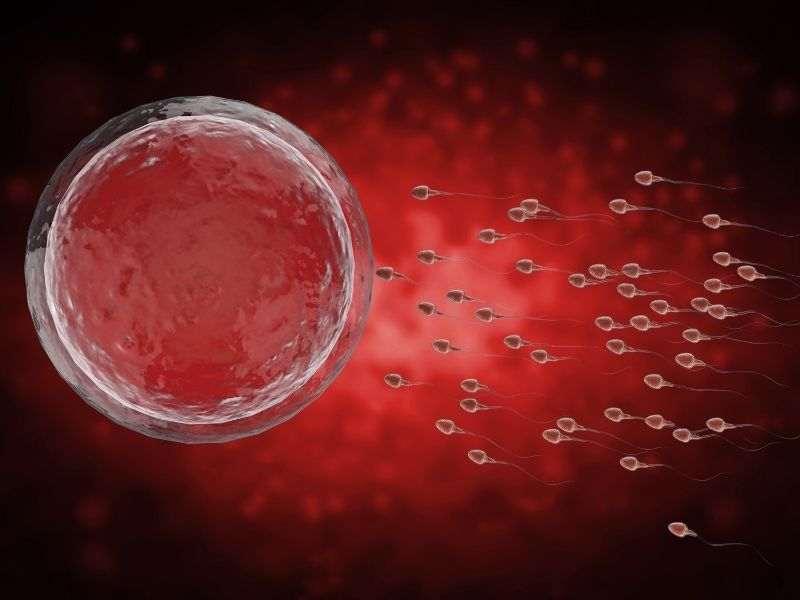Myoma are the most frequent benign bulks of the uterus. These bulks are observed in approximately 60% of premenopausal women and in 30% of women in the reproductive age. The frequency of the disease has increased especially upon the increase in diagnosis methods. Myomas are the responsible for 1/3 of the operations requiring total hysterectomy. They are most often observed in women in their fifties. They are observed 6-7 times more often in white people than in black people. Besides, they are more often seen in overweight people, women who have not given birth or have given birth to less babies and women whose ovulation functions are disordered. As a misconception, birth control pills are assumed to increase myomas but a decrease has been identified in the prevalence of myomas in those taking birth control pills for a long period of time.
Myomas are tumors that are estrogen-dependent. Yet myomas are observed very rarely before adolescence and tend to shrink during menopause, in other words, during estrogen withdrawal. Besides, we can say that the tumor is also sensitive to the progesterone hormone, taking into consideration the fact that myomas grow rapidly during pregnancy, during which the progesterone hormone dominates. It might, for this reason, be inclined to grow during pregnancy. They might settle in different locations in the uterus and these different locations might lead to different clinical complaints. Myoma called submucous are under the innermost layer of the uterus and the subserous ones are those that are closest to the outermost layer of the uterus. They sometimes hold on to the layers of the uterus with a stem called the pedicle.

What kind of clinical complaints do myoma lead to?
Only 45% of myomas lead to complaints. Most of them appear accidentally during examination. The most frequent clinical finding is vaginal bleedings. These bleedings tend to last long and occur frequently. Premenstrual spottings are frequent. Bleeding is most often observed in myomas that settle close to the inner layer of the uterus. Sometimes the myoma reality might come in sight when the menstruation of the patient is questioned while searching for the cause of anaemia. Myomas that grow very big cause pain by pushing surrounding organs and tissues. They might even lead to problems in urinating by pushing urinary tract and the urine bag. They might, from time to time, disrupt the defecation functions by pressing the region, which is the end of the intestine and is called rectum. Large myomas might lead to low pack pain and pain that is reflected in the groin. They might cause pain during sexual intercourse.
If the myoma is attached to the uterus with a thin pedicle, it might cause a condition called acute abdominal finding, a condition like abdominal pain, bleeding etc. by swinging around itself. It might sometimes calcify, as well, or degenerate by melting inwardly when its nutrition goes bad. In this case, the patient experiences severe stomachache.
Do Myomas Cause Infertility?
If the myoma is larger than five centimeters, settled near the uterine cervix and in a location close to the canals, it might cause infertility.
Do Myomas Lead to Loss of Pregnancy?
If there is pregnancy and a large myoma at the same time, the risk of losing the pregnancy might increase.
How Do We Understand that We Have Myoma?
Ultrasonography is the most frequently used tool in diagnosing myoma. Besides, the diagnosis becomes much clearer when ultrasound examination is carried out giving the fluid we physiologically call serum into the uterus.
Both a diagnosis is made and treatment can be administered in appropriate cases with an optical camera mechanism showing inside the uterus, in other words, hysteroscopy. Diagnosis can be confirmed with MR. The space for tomography is limited. While diagnosticating myoma; pregnancy, ectopic pregnancy, bulks due to the ovary, malignant bulks of the uterus, congenital shape abnormalities of the uterus must be excluded.











METE İTİL
Appointment and Contact Form
You can ask us your questions or contact us to make an appointment.